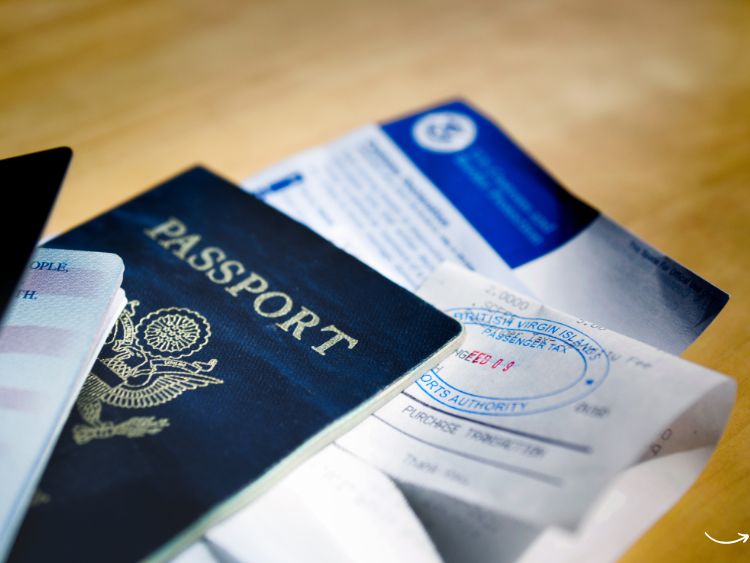Hey there! If you’re on the lookout for the latest updates on U.S. immigration, you’ve come to the right place. The February 2024 Visa Bulletin is out, and it’s packed with critical information for those navigating the immigration process. In this article, we’ll break down the bulletin, explain what it means for you, and provide some valuable insights into the visa categories, cut-off dates, and more. So, let’s dive in and explore what the February 2024 Visa Bulletin has to offer!
What Is the Visa Bulletin?
First things first, what exactly is a visa bulletin? Well, the U.S. Department of State issues a visa bulletin every month. This document provides important information about the availability of immigrant visas (green cards) for family-sponsored and employment-based categories. The bulletin helps applicants understand where they stand in the line for a visa, based on their priority date.
Why Is the Visa Bulletin Important?
The visa bulletin is crucial because it dictates when applicants can move forward in the immigration process. It includes “final action dates” and “dates for filing applications,” which determine when applicants can submit their visa applications and when they can expect final decisions.
Understanding the February 2024 Visa Bulletin
Let’s break down the key components of the February 2024 Visa Bulletin and what they mean for you.
Family-Sponsored Preferences
Family-sponsored visas are divided into several preference categories, each with its own priority dates. Here’s a quick overview of the categories:
- F1: Unmarried sons and daughters of U.S. citizens
- F2A: Spouses and children of permanent residents
- F2B: Unmarried sons and daughters (21 years or older) of permanent residents
- F3: Married sons and daughters of U.S. citizens
- F4: Brothers and sisters of adult U.S. citizens
February 2024 Family-Sponsored Cut-Off Dates
The February 2024 Visa Bulletin has updated the cut-off dates for these categories. Here’s what you need to know:
- F1: Priority dates now stand at January 1, 2016.
- F2A: Remains current, which is great news!
- F2B: Priority dates have moved to April 15, 2015.
- F3: Priority dates are now at March 22, 2009.
- F4: Priority dates have advanced to May 1, 2007.
Employment-Based Preferences
Employment-based visas are also categorized into different preferences. These categories include:
- EB-1: Priority workers, including extraordinary ability individuals, outstanding professors and researchers, and multinational executives and managers
- EB-2: Professionals holding advanced degrees or persons of exceptional ability
- EB-3: Skilled workers, professionals, and other workers
- EB-4: Special immigrants, including religious workers and certain international employees
- EB-5: Immigrant investors in new commercial enterprises
February 2024 Employment-Based Cut-Off Dates
Here’s the scoop on the employment-based cut-off dates for February 2024:
- EB-1: All countries remain current.
- EB-2: India is at July 8, 2013, and China is at January 1, 2020. All other countries are current.
- EB-3: India is at January 1, 2014, and China is at February 1, 2019. Other countries remain current.
- EB-4: All countries are current except El Salvador, Guatemala, and Honduras, which are at March 15, 2019.
- EB-5: All countries remain current.
How to Read the Visa Bulletin
Reading the visa bulletin can be a bit tricky, but don’t worry, we’ve got you covered. Here’s a step-by-step guide:
- Locate Your Category: Find the category that matches your visa type.
- Check Your Priority Date: Look at the cut-off date listed for your category.
- Compare Dates: If your priority date is earlier than the cut-off date, you’re eligible to move forward with your application.
Example
Let’s say you’re applying for an EB-2 visa from India with a priority date of June 1, 2013. The February 2024 cut-off date for India in the EB-2 category is July 8, 2013. Since your priority date is earlier, you can proceed with your application.
Tips for Navigating the Visa Bulletin
Navigating the visa bulletin can be daunting, but here are some tips to make it easier:
- Stay Updated: Check the visa bulletin every month to stay informed about changes.
- Consult an Immigration Attorney: An attorney can help you understand the implications of the bulletin on your case.
- Join Online Forums: Online communities can provide support and share experiences.
Frequently Asked Questions (FAQs)
What is a priority date?
A priority date is the date when your immigrant petition was filed. It determines your place in line for a visa.
How often is the visa bulletin updated?
The visa bulletin is updated monthly by the U.S. Department of State.
What does “current” mean in the visa bulletin?
“Current” means there is no backlog, and visas are available for all applicants in that category.
Can the cut-off dates move backward?
Yes, cut-off dates can move backward, a situation known as “visa retrogression.”
What should I do if my priority date becomes current?
If your priority date becomes current, you should prepare to submit your visa application as soon as possible.
Conclusion
The February 2024 Visa Bulletin brings important updates for both family-sponsored and employment-based visa applicants. Understanding the bulletin and staying on top of changes can significantly impact your immigration journey. Remember, staying informed and consulting with an immigration attorney are key steps to navigating this complex process.
Authoritative Links
For more detailed information, you can check out these authoritative sources:
- U.S. Department of State Visa Bulletin: https://travel.state.gov/content/travel/en/legal/visa-law0/visa-bulletin.html
- U.S. Citizenship and Immigration Services: https://www.uscis.gov/
- Immigration and Nationality Act: https://www.uscis.gov/legal-resources/immigration-and-nationality-act
By following these guidelines and staying informed, you’ll be well-equipped to navigate the immigration process and understand the implications of the February 2024 Visa Bulletin.

